Delivering value without burning out staff or breaking the budget requires new operational tools—especially AI.
AI is no longer just about fancy diagnostics or chatbot assistants. It’s quickly becoming an essential infrastructure layer that supports VBC-aligned performance in high-touch, complex specialties like endocrinology.
So how can AI practically support VBC in endocrine practices?
Let’s break it down.
What Are Value-Based Care Goals in Endocrinology?
For endocrinologists, value-based care often centers on:
- Improving chronic disease outcomes (diabetes, thyroid disorders, adrenal conditions)
- Reducing avoidable complications and hospitalizations
- Enhancing patient experience and education
- Meeting documentation and quality reporting requirements
- Controlling administrative costs
These goals can be hard to hit, especially when:
- Staff are bogged down in manual paperwork
- Referral coordination is slow or inconsistent
- Follow-ups fall through the cracks
- There's limited visibility into patient journeys between visits
That’s where AI-based automation platforms step in.
1. Proactive Follow-Up = Fewer Gaps in Care
Problem: In value-based arrangements, missed labs, skipped follow-ups, or untracked A1C spikes can lead to poor quality scores and costly adverse events.
AI Solution:
AI task agents track patient data trends (e.g., lab frequency, time since last visit) and auto-trigger reminders or outreach workflows.
Result:
More timely touchpoints, improved adherence, and fewer care gaps.
2. Streamlined Referral Intake for Timely Intervention
Problem: Many VBC plans reward fast specialty access—but endocrine referrals often languish in fax queues.
AI Solution:
AI reads inbound referrals, extracts diagnosis and urgency, and routes them for immediate scheduling.
Result:
Faster time-to-visit for high-risk patients and improved referral satisfaction metrics.
3. Auto-Documentation for Quality Reporting
Problem: VBC contracts often require rigorous reporting on metrics like:
- Blood sugar control
- Medication adherence
- Care plan engagement
Manual tracking is time-consuming.
AI Solution:
AI automatically captures relevant visit data, structures it into reporting fields, and flags missing documentation.
Result:
Better performance on MIPS, HEDIS, and ACO quality measures—without staff doing double data entry.
4. Smarter Prior Auth + Refill Workflows
Problem: Delays in insulin pump or CGM approvals can lead to ER visits—hurting both patient outcomes and cost scores.
AI Solution:
AI predicts what documentation is needed, pulls it from the chart, and helps auto-complete prior auths and refill requests.
Result:
Faster medication/device access and fewer therapy interruptions.
5. Population Health at the Admin Level
Problem: Care managers can’t keep track of every diabetic patient on their own.
AI Solution:
AI flags patterns across the clinic—patients overdue for visits, missing follow-ups, or with deteriorating trends.
Result:
Letting front office or outreach teams intervene before issues escalate into acute events.
6. Reducing Cost of Care Without Reducing Staff
Problem: Many VBC bonuses are eaten up by the cost of scaling staff to meet documentation or coordination needs.
AI Solution:
By using AI to automate:
- Fax triage
- Intake
- Eligibility checks
- Messaging
- Follow-up scheduling
clinics reduce labor costs without sacrificing patient experience.
Result:
Stronger margins in shared savings or capitation arrangements.
Why General Automation Isn’t Enough
Not all automation is created equal.
Generic RPA tools or EHR-native automations struggle with:
- Clinical nuance in endocrinology (e.g., distinguishing routine labs vs. urgent hormone panels)
- Non-EHR workflows (like fax or external device portals)
- Multi-step tasks across systems (e.g., coordinating labs + follow-ups + DME requests)
You need specialty-trained AI agents that understand endocrine workflows from intake to follow-up.
Honey Health: AI Built for Endocrinology VBC
Honey Health’s AI co-worker platform includes:
- Referral AI for faster onboarding
- Fax AI to triage and route external documentation
- Eligibility + auth AI to prevent access barriers
- Documentation AI to auto-generate visit notes and capture quality data
- Analytics AI to surface patient trends and risk indicators
It’s designed not just to cut admin time—but to amplify the clinic’s ability to deliver on value-based outcomes.
Final Takeaway
Endocrinology is one of the specialties most aligned with value-based care: long-term patient relationships, measurable outcomes, and the opportunity to reduce complications.
But delivering that value at scale requires more than good intentions. It requires infrastructure—and AI is quickly becoming that infrastructure.
By embedding AI co-workers across the front and back office, endocrinology clinics can:
- Improve outcomes
- Control costs
- Strengthen margins
- And future-proof their VBC strategy
If you’re operating in a risk-based contract—or planning to—now’s the time to put the right AI in place.

